Microsoft India's newest office is palatial
6 min. read
Updated on
Read our disclosure page to find out how can you help MSPoweruser sustain the editorial team Read more
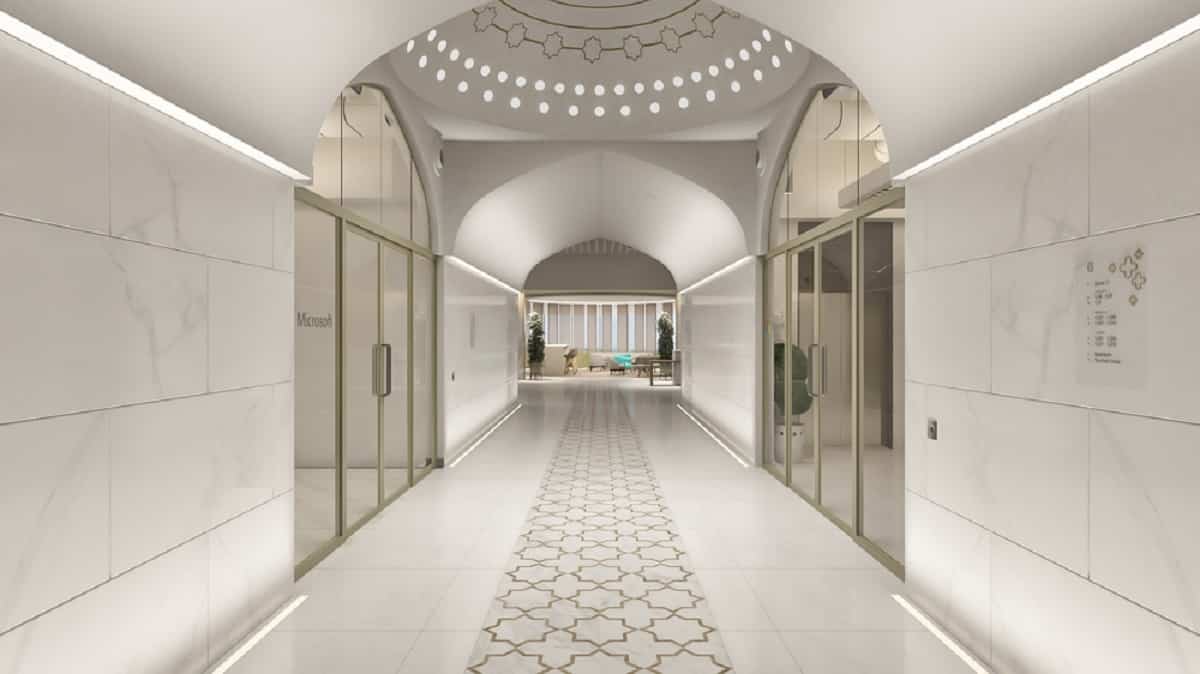
Microsoft’s offices have become increasingly lavish, and their Seattle headquarters is currently in the middle of a major refurbishment which has seen several buildings completely demolished.
One of their newest offices is located in Noida, a satellite town of India’s capital New Delhi, and Microsoft has recently published a blog post showing off the palatial architecture, inspired directly by the Taj Mahal.
Design brief
Spread across the top three floors of a six-story building, the offices will be housing their new Microsoft India Development Center (IDC).
“It’s really about two aspects,” says Rajiv Kumar, managing director, Microsoft IDC, and a Microsoft veteran of nearly 29 years. “One is to build a world-class product development organization in India. It’s a dream I had when I came back to India from Redmond in 2005 when there was nothing.”
“In order to attract the best talent from the country, you have to go to the places where they are,” says Kumar. “So, we started in the middle of the country when we opened Hyderabad center, and then went south with the Bengaluru center. My vision to create the Noida center was to attract the best talent that graduates from some of the world-class engineering and management institutions in the country’s north.”
The second aspect, Kumar adds, is how the IDC can cater to the next billion people in the world’s emerging market to realize Microsoft’s vision. “Our mission is to empower every person and every organization on this planet to achieve more,” he says. “That’s a very ambitious statement, but I feel the IDC owes it to the company to realize this mission.”
By being close to the capital, the Noida campus will enable more frequent collaboration with the government around developing technologies not only addressing India’s needs but also for similar regions around the world.
Inspiration
The architects took cues from the actual Taj Mahal by depicting rivers with chevron patterns in the corridors, and the greens of Char Bagh Gardens through the colour palette and textures.
“The Taj Mahal is one of the most distinctive buildings on the planet,” says Arunjot Singh Bhalla, managing director of RSP Design Consultants, explaining the thinking behind the interiors. “The challenge was: How does one possibly interpret the Taj Mahal and go one step further and apply it to an office?”
“The Microsoft design language is a combination of general directions on what we want our offices to look like,” explains Riku Pentikainen, regional director-Asia at Microsoft RE&F. “It’s a combination of local culture, and being locally relevant, as well as incorporating hidden artifacts and items. We feel very good about being in the right place, at the right time.”
The Taj Mahal’s marble domes, minarets, arched entrances, jaali work, and even a visual reference to the Char Bagh Gardens, translate seamlessly in this Noida space. In the core area of the office space, archways and marble cladding create a sublime effect, while lattice perforations of the jaali screens — in marble or modified for the ceilings — render the space’s texture and depth. The subtle domes, at the same time, add volume.
The river also influences the incorporation of intersecting arches along the “river corridors,” is a direct reference to the Taj Mahal, and breaks the monotony of “corporate-looking” units such as conference rooms.
“We took the elements and were informed by the richness of the architecture of this amazing monument,” Bhalla says.
John Bowden, manager of Workplace Strategy, Asia Pacific Region at Microsoft, adds, “You don’t need to have diamond-studded walls to create something like this. It’s the concept, the form, the lighting, the materials used, and the color to create that atmosphere.”
Local artisans
To spur the local economy, all the marble and fabrics were sourced from nearby regions.
The artwork called for artisans who could execute intricate tapestries and inlay work, while collaborating closely with the IT and facilities teams to create the intersectionality of form and function.
“We hired local artisans to do the inlays and paintings. It’s our way of helping the local talent so they can also add Microsoft in their profile,” says Mann.
When the pandemic struck and work at the site came to a standstill, the company provided the artisans with safe and hygienic accommodations as well as meals.
Surprise elements
This drive for playfulness comes together in a series of “surprise” elements across the workspace. A key example is the perforated jaali right at the entrance with the impression of the picture of Bill Gates, which is only visible at certain angles.The new facility will accommodate the Xbox team — the first campus in India to host a gaming team.
“These murals contain typical floral iconography,” says Bowden. “However, if you look closer, you realize the flowers are actually symbols from our cloud, our technology and our logo.” These easter eggs, Bowden adds, were a part of the design guidelines. This gamification of the workplace breaks the formula of traditional Indian workspaces. Here, the area interacts — even engages — with the user.
“We try to have fun,” he laughs.
A lot of the space reflects what the new generation wants in a workplace, based on research, Mann says.
“We have different kinds of seating for, say, when you want to have your meal, or if you want to be alone, or be in a spot where nobody disturbs you, or you take a 10-minute break,” she says. The public health considerations that were heightened because of the pandemic also resulted in automated doorways, along with distanced seating.
Sustainability
One of the crucial processes in the creation of space was sustainability. The base building is LEED platinum rated, which means it caters to the highest sustainability standards of construction and operation. The campus also includes recycled products and locally sourced materials including the marble, plus energy-saving light and water installations.
Bhalla adds that 2% of the office, which is in a city infamous for air pollution, is covered in greenery.
“We did a lot of study on the biophilia of the site, and the local plants that would survive in Noida,” he says.
The accessible workplace includes customized counters for wheelchairs, Braille signage, hazard warnings and access ramps.
Boutique experience
Pentikainen describes the space as a “boutique” experience in which Microsoft’s vision to break away from the conventional and create a new path translates seamlessly into the Noida IDC. The Taj Mahal becomes more than just an architectural viewpoint, or a symbol of grandeur. It signals a vision that is ahead of its time and endures.
“I think working at an office is going to be a more beautiful experience than in the past because employees will have a choice,” Kumar says. “They can work from the comfort of home, or they can come to office and work in a world-class environment where they can collaborate, build social capital and forge a bond among themselves. I really believe that.”






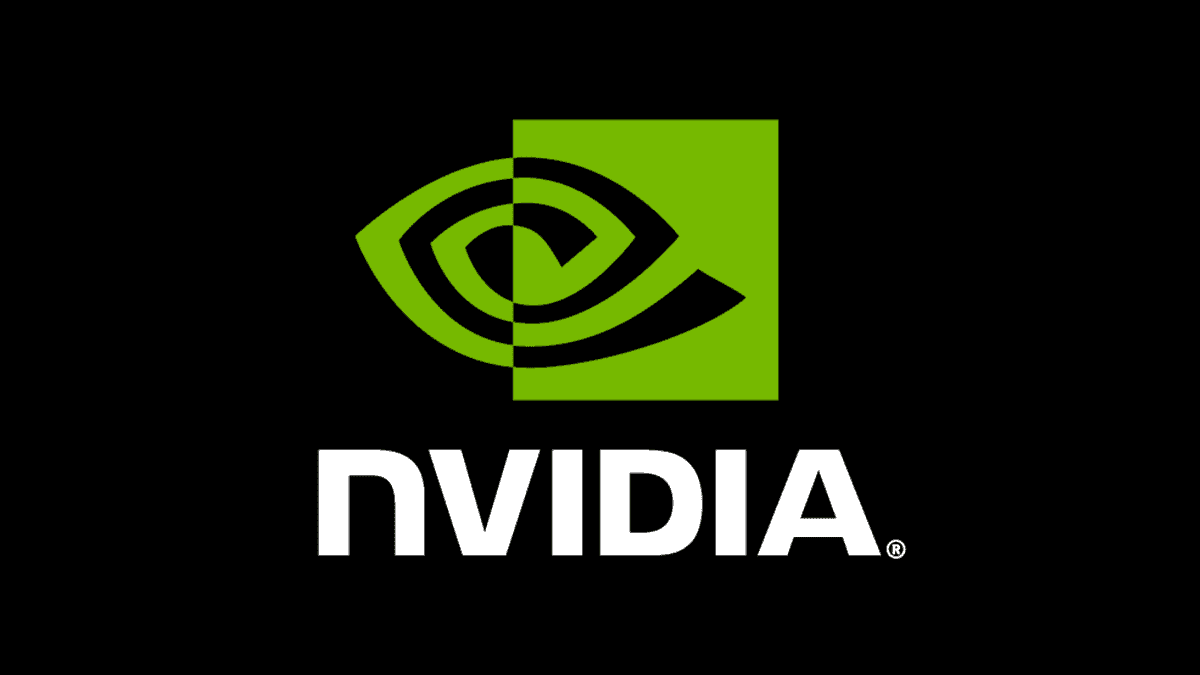
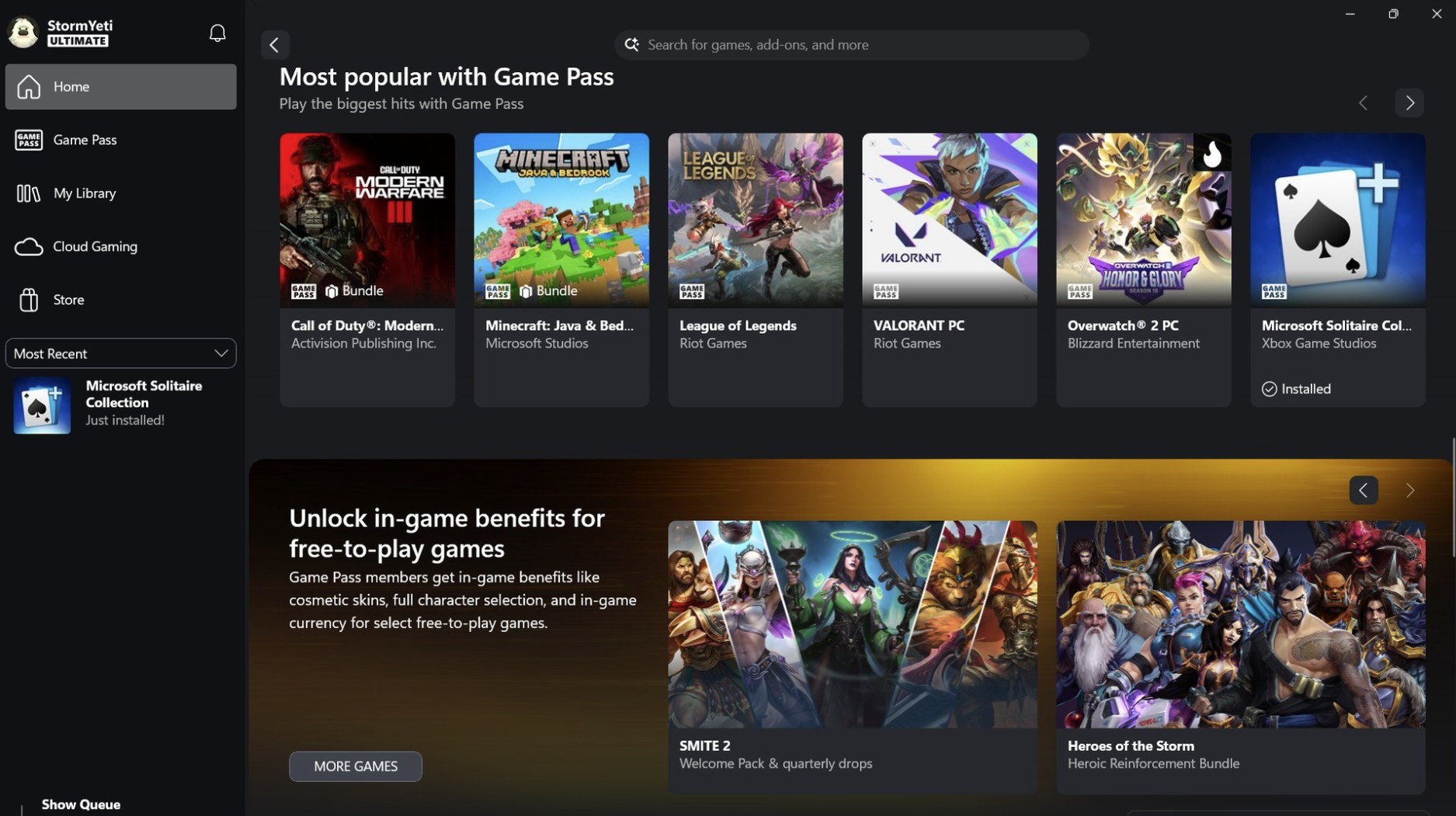

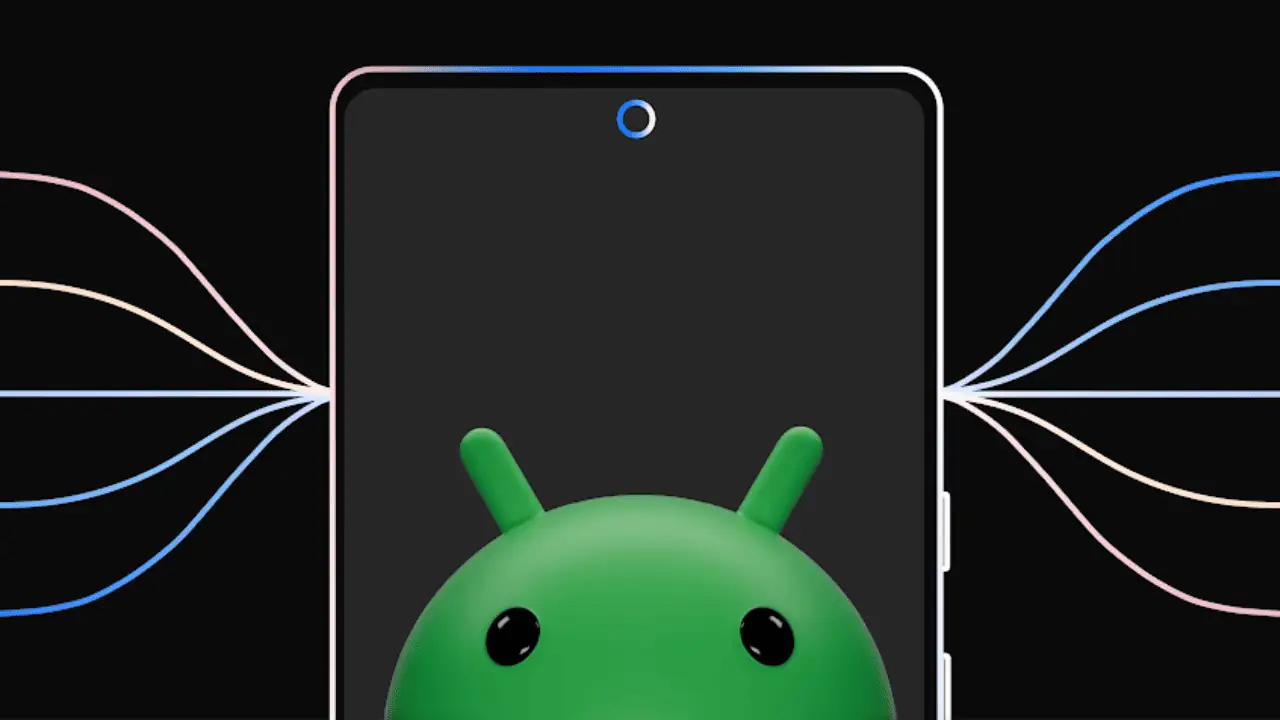
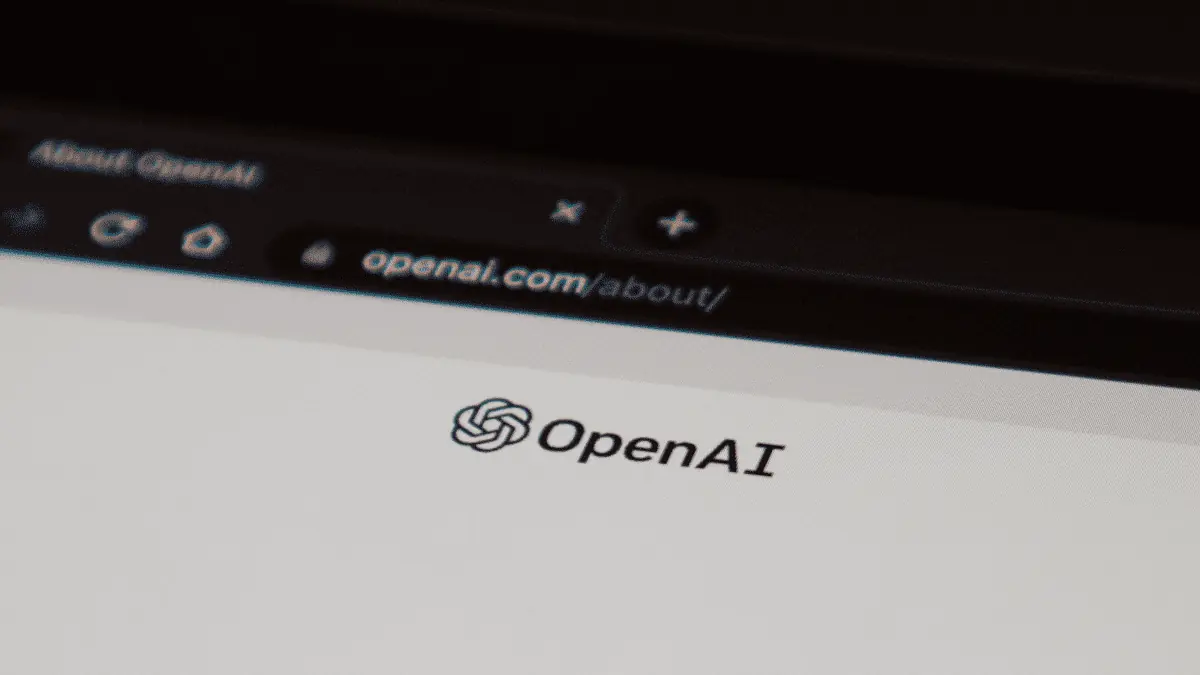
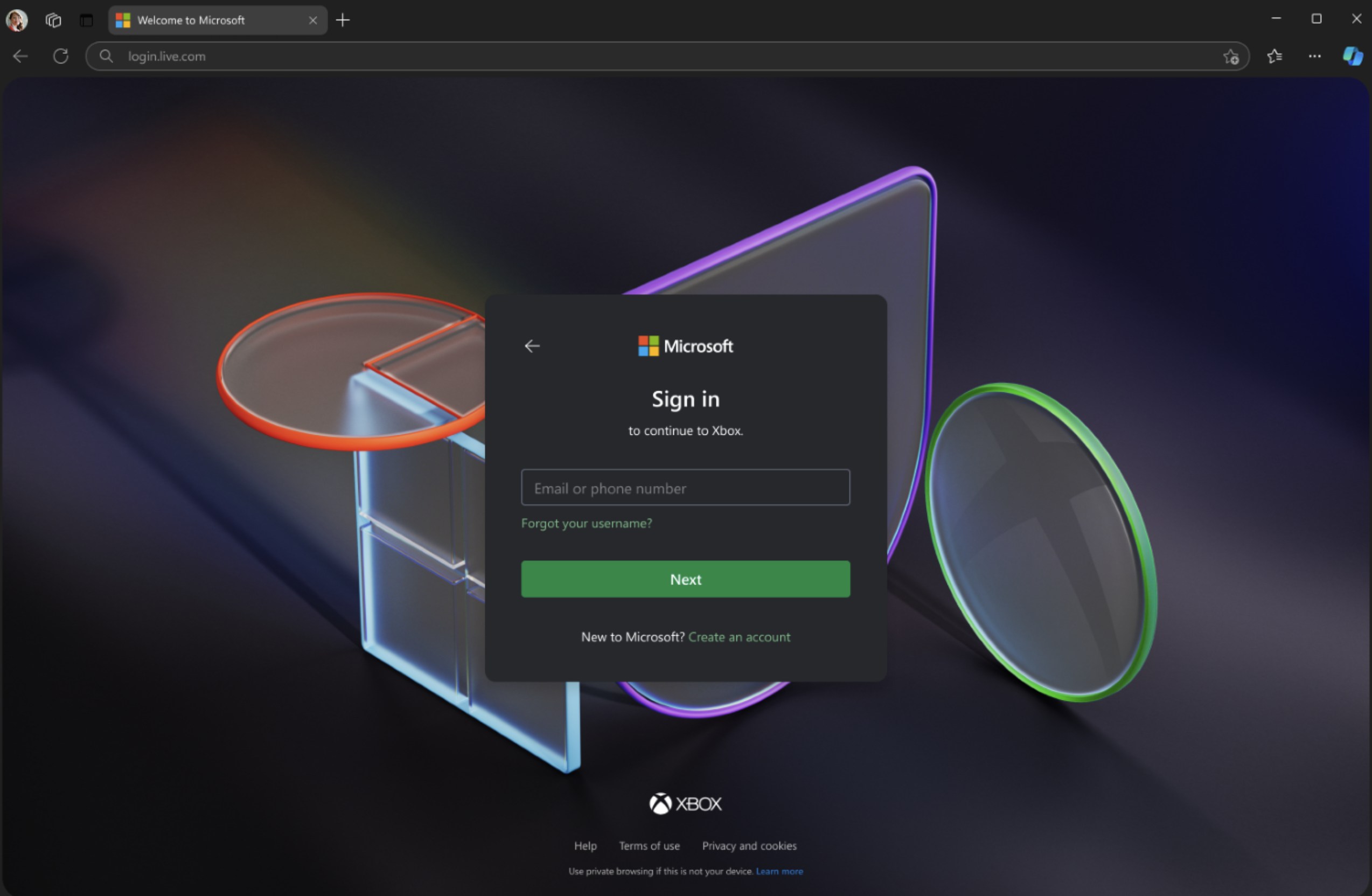
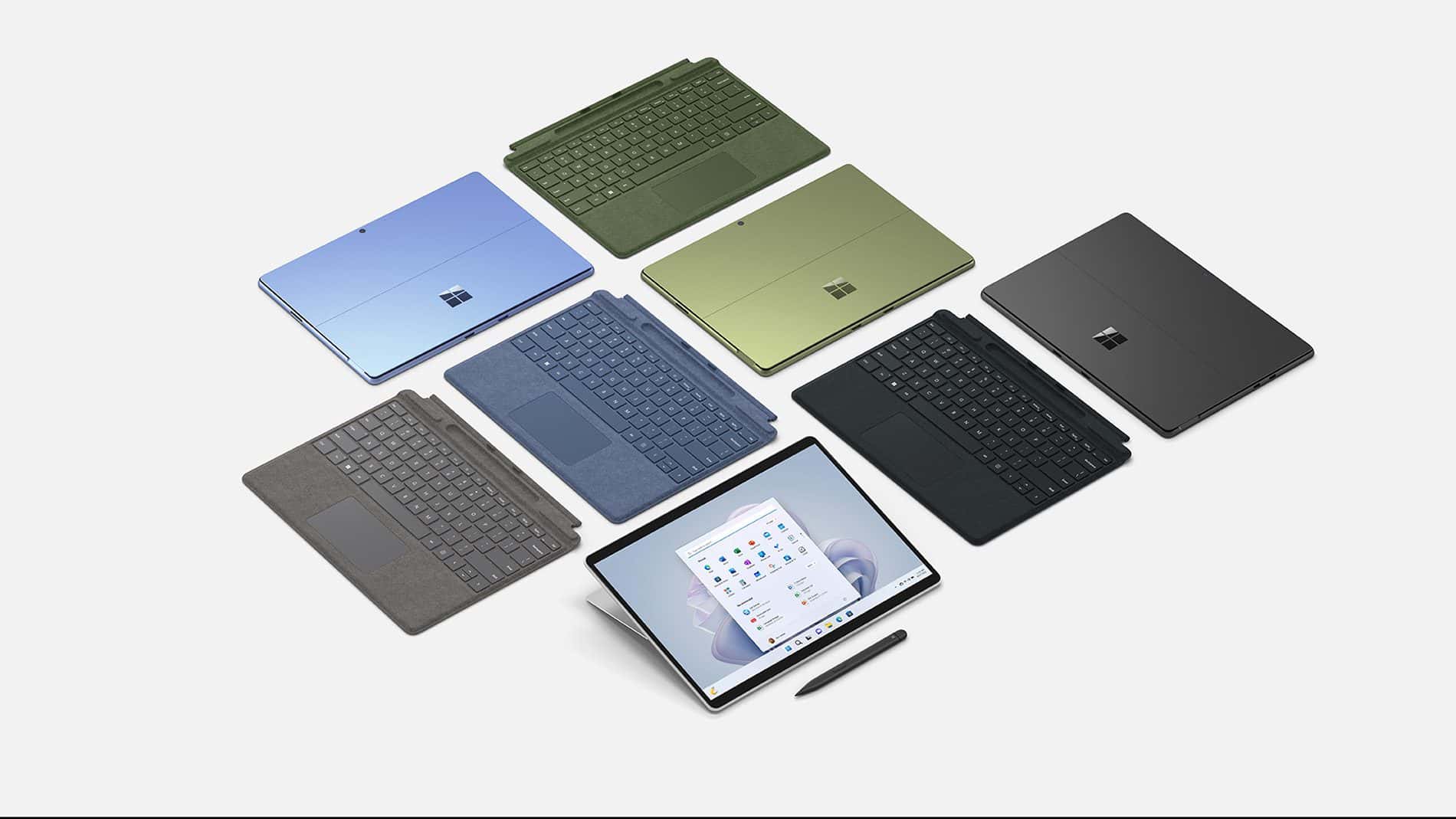
User forum
0 messages